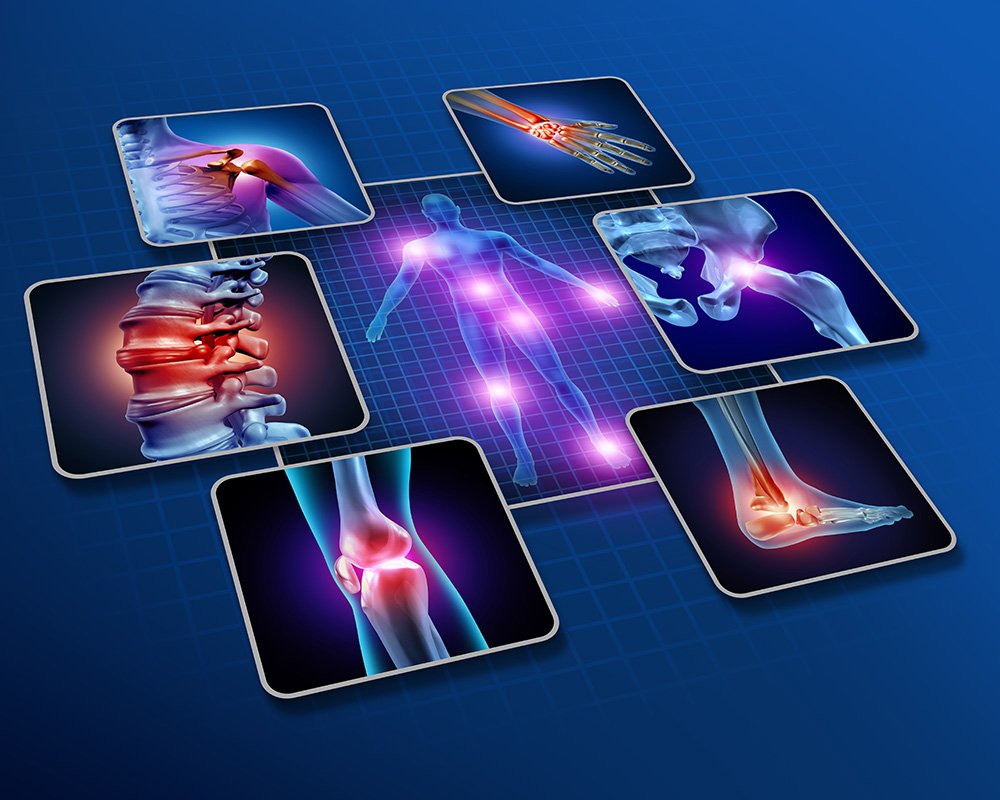
Advanced Orthopedic Massage
Orthopedic massage focuses on the tissues and muscles surrounding the joints of the body. While it aims to alleviate the source of bodily pain and tension, orthopedic massage also works to restore balance to these physical structures.
Soft tissue pain and injury is what initially draws a client in to see a massage therapist who specializes in orthopedic massage. This pain could be post-surgical pain, pain from an acute injury, or pain from overuse strain due to a repetitive motion from an activity like cycling, skiing, or hiking. Whatever the cause of the muscle damage, the intent of the orthopedic massage is to lengthen and soften the muscles, tendons, and fascia, permitting better range of motion of the affected joints.
The Techniques George Incorporates into his practice
-
A thorough health history is taken. Then use of passive, active and active resistive techniques are used to pinpoint injured soft tissue structures. Evaluation of range of motion (ROM) and flexibility are assessed. Palpation of soft tissue is then used to assess the quality of the tissues as well as any sensitive points or areas.
-
A neuromuscular therapist is skilled in muscle anatomy, connective tissue work, trigger point therapy and manual therapy. The goal of neuromuscular therapy is to reduce pain, discomfort, and stress in the body by using precise manual techniques that maintain relaxed and lengthened muscles.
-
Myofascial Release is a safe and effective hands-on technique that involves applying gentle sustained pressure into the Myofascial connective tissue restrictions to eliminate pain and restore motion.
-
Lymphatic drainage massage, also known as manual lymphatic drainage, relieves swelling that happens when medical treatment or illness blocks your lymphatic system. Lymphatic drainage massage involves gently manipulating specific areas of your body to help lymph move to an area with working lymph vessels.
-
In George’s experience Sports Massage is not a technique unto itself. Sports Massage is the proper integration of a variety of soft tissue techniques geared towards the stage of activity the person is in currently. Are they on my table for pre-event, inter-event, post-event, maintenance, injury recovery work? Is this an active injury during competition or injury recovery post training or competition? Is this at an event or in my office?
-
Using stretching techniques most beneficial to the condition being addressed. Either Active Isolated (AI) Stretching, Proprioceptive Neuromuscular (PNF) Stretching or static stretching techniques are used when and where necessary.
-
Exercises to support and enhance the healing process following a manual therapy session.
30 years of experience
Licensed and Board Certified
Winner of multiple state, regional and national awards
Instructor for multiple massage therapy courses


